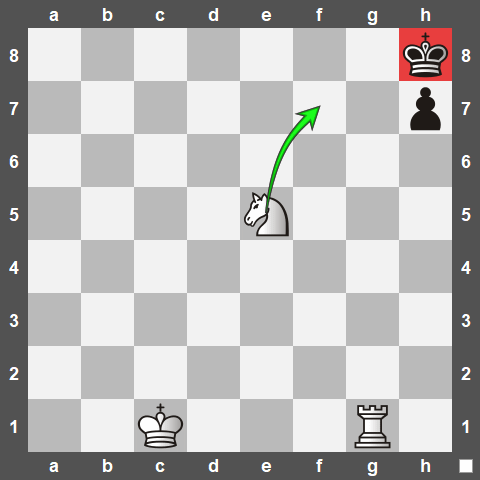A Business Lesson from Chess That is Actually Not Cliché

Besides a few random games with my dad or on my desktop computer when my internet was down, I did not start avidly playing chess until late in high school. A video of Maurice Ashley, FIDE Grandmaster, playing a chess hustler in New York City came across my timeline, piquing my interest and eliciting a click. Maurice and his opponent were strikingly juxtaposed; Maurice played with a nonchalant yet coolly calculated demeanor, was well-dressed and spoke sparingly (until the end of the game when he picked up his trash talk). In contrast, his opponent played with a fervent and hacky manner, appeared slightly disheveled, and was talkative throughout the match (until he realized his impending doom).
I found Maurice’s play incredibly impressive. He did not seek to best his opponent through trickery or brute force but through calculated and thoughtful decision-making. He further reinforced his skills with his confident, yet humble demeanor. In short, he executed a superior strategy with both exceptional aptitude and grace. Inspired by his performance, I immediately created an account on chess.com, marking the beginning of my chess journey, which continues to this day. Since then, I have developed an even deeper appreciation for the game, admiring its balanced pieces, the clarity from both players having complete information, and the endless variety of positions to analyze.
Chess matches are often used in movies or business as allegories for life, often in the most cliché way possible. For example:
We are playing chess while they are playing checkers.
While sometimes true, statements like these are overly simplistic and fail to highlight the nuanced aspects of chess beyond the simple fact that the game is complex. Below, I will describe a lesson in business, and more generally in life, from chess that is not cliche (hopefully) and is actually derived from the individual characteristics of the game.
To understand the lesson, we will explore two individual facets of the game and then join them together to form a cohesive thesis.
Prong 1: Positional Potential
To understand the beginning we must begin at the end (a bonus chess lesson). The ultimate objective of chess is to checkmate your opponent. Whereby you attack their king with one or more pieces, but your opponent cannot defend your attacker(s), block your attacker(s) from the king, and the king cannot escape to a different square where it will not be attacked. Below I have selected a few examples to provide clarity:



As you can see, checkmate does not involve knocking the king off the board, but rather that your next move will inevitably result in the king’s elimination from the game. What does this mean? The value of your position is best described by the outcome of where you can go. This also extrapolates beyond trying to checkmate your opponent. Chess is about space control, not piece placement, whereby you utilize your pieces to control a collection of squares across the board. This is why it is advantageous to think multiple moves ahead, as it forces you not only to consider your strategy but also the next logical moves of your opponent and therefore their strategy.
Prong 2: Collective Synergy
Having understood the first prong, let’s examine the second. Checkmate is the goal, but it requires specific pieces. You must have your king, as if you are checkmated then the game is already lost. Additionally, a king cannot checkmate another king alone; it needs support from at least a rook, queen, or combination of minor pieces. Moreover, once you have the minimum pieces to checkmate, achieving it becomes significantly easier with additional pieces. The moral of the story:
With more pieces, each providing unique or complementary skill sets, it becomes easier to achieve the collective’s ultimate goal of checkmate. This effect is reinforced by cohesive cooperation between the individual pieces. A collective strategy is more effective than a disparate one, and thus more pieces working together cohesively yields a higher likelihood of success.
Putting it all Together
To achieve any goal optimally, you need to maximize where you can go with the help of others. Identify your unique skills that allow you to tackle specific problems or seize opportunities. Then, collaborate with people whose complementary or reinforcing skills align with the same objective. This synergy, along with everyone’s willingness to contribute, opens new doors and enhances the collective effort towards success.
This lesson greatly emphasizes the social aspect of achievement. It highlights the importance of networking and socializing to identify individuals with similar goals and capacity for collaboration. It is extremely difficult to be a ‘one-man band,’ as a myriad of factors will limit your success if you try to go it alone.
Moreover, you can bolster your chances of finding individuals to collaborate with by continuously enhancing your own skillset and adopting an attitude of selflessness and generosity in your willingness to help others. By providing a valuable skillset and demonstrating your willingness to contribute towards a common objective, you can attract others to join your efforts or make collective progress towards a shared goal.
So, pick up that course you never finished and RSVP to that meet-up you’ve been planning to attend. The best way to achieve your goals is to continuously improve yourself and actively seek out others who share your vision. Embrace the power of collaboration and let your combined efforts pave the way to success.
